Introduction of Bourbon Coffee from Hirado, Brazil
Professional coffee knowledge exchange more coffee bean information please follow the coffee workshop (Wechat official account cafe_style)
Brazil is the world's largest producer of coffee, coffee planting area is very wide, a total of 17 states in Brazil produce coffee, at the same time, Brazil has a wide variety of cultivation, mainly red bourbon, yellow bourbon, New World, Kaduai. As the largest coffee producer in the world, Qianjie Coffee will introduce you to the production and quality of Brazilian coffee. Coffee entered Brazil from French Guiana in 1727. In 1727, Francesco Parretta, a Portuguese diplomat, was sent to French Guiana to mediate territorial disputes. At that time, Francisco captured the heart of the governor's wife. She hid a few coffee seeds in the flowers given to him, so Francesco successfully brought coffee seeds to Brazil.
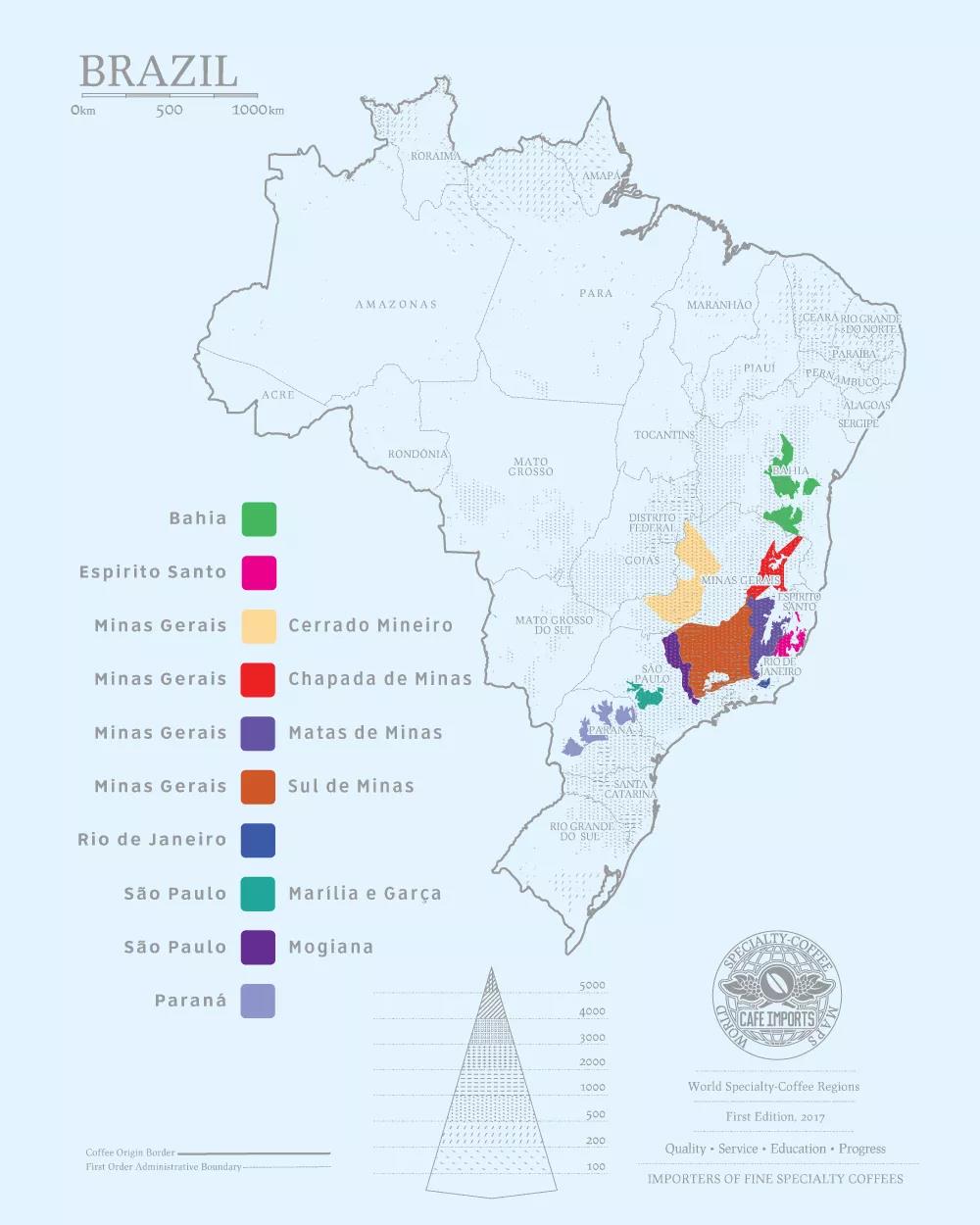
Bourbon coffee is the same old variety as Typica coffee, which belongs to Arabica coffee. Bourbon coffee was originally cultivated in Reunion, which was also known as le Bourbon Island before 1789, so the coffee variety was also named "bourbon". As an old variety of coffee beans, unlike tin card coffee, bourbon has wider leaves and denser growth, and its yield is 30% higher than that of tin card coffee, and the beans are shorter and round. the berries are sour, the cream and flavor are obvious, the sour flavor is strong, and the fruit acid taste is obvious, but the same problem is poor disease resistance.

After the red bourbon general coffee tree blossoms and bears fruit, the color change of coffee fruit is: green > turn yellowish > turn slightly orange > turn mature red > turn more ripe dark red, so some people say that "red bourbon species" is a coffee tree species introduced to Brazil through Campinas in the south around 1860, and it is also a typical coffee tree species. Generally speaking, bourbon is a coffee tree that belongs to a branch of Arabica species, generally bearing red fruit, called red bourbon, in addition to yellow bourbon, orange bourbon, yellow bourbon relatively low yield, but better quality. The hilly woodland of South Minas at an altitude of 700m-1200m in South Minas, Brazil, is the earliest production area of Brazilian coffee. Due to the increase in labor costs, it is now mostly harvested by machinery, and it is also the earliest commercialized area of coffee. We can see that many large exporters are also here. Bahia, located in the north of Brazil, mainly produces washing Brazil, and Espiritu Santo, near the seaside, is the main export area of Brazilian Robusta varieties. There are mainly two kinds of topography in Brazil, one is the Brazilian plateau above 500 meters above sea level, and the other is the Brazilian plain below 200 meters above sea level. The main cultivated and well-known variety is bourbon (including yellow bourbon, red bourbon, Pingdou Shan du Shi). The taste of Brazilian coffee is mainly characterized by low acidity, nutty flavor, balanced and moderate thickness. In the world of boutique coffee, Brazilian coffee is not outstanding, but Brazilian coffee is often used as a blending variety in Italian coffee. Because of the high degree of balance, it is often used by merchants as blue mountain flavor beans.
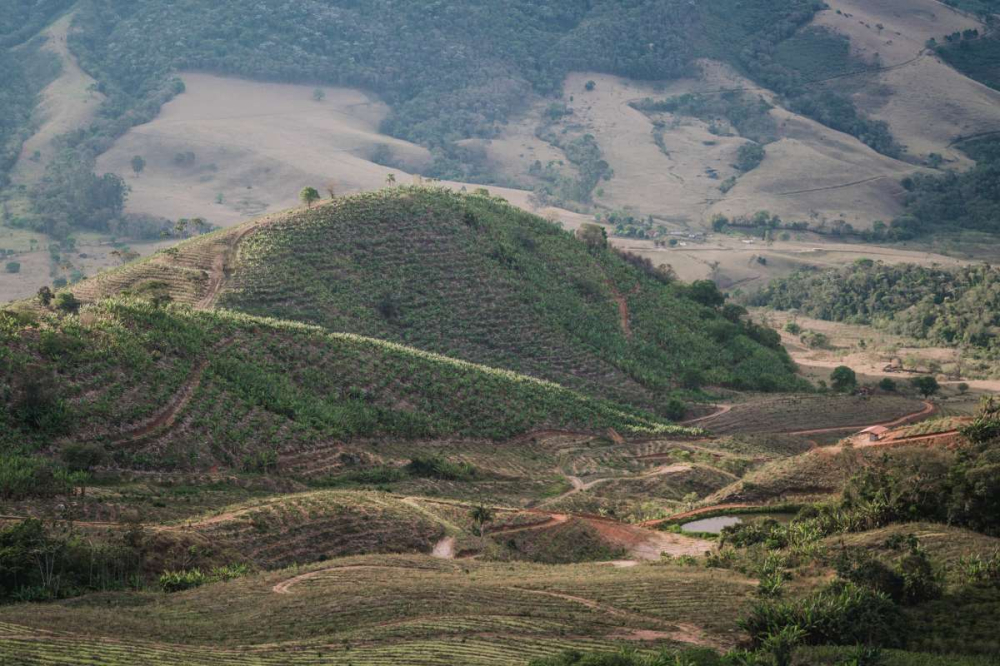
Syrador / CerradoMineiro
Growing coffee in Hirado (also known as Savannah) is a victory for Brazilian coffee technology. More and more large coffee plantations in Syracuse use high technology for production, and this is the case in very few areas. Plateau climate, four distinct seasons, fruit ripening is very stable, in the harvest season is not at all. Syrador coffee is generally treated in the sun, which is also a trend in current processing.
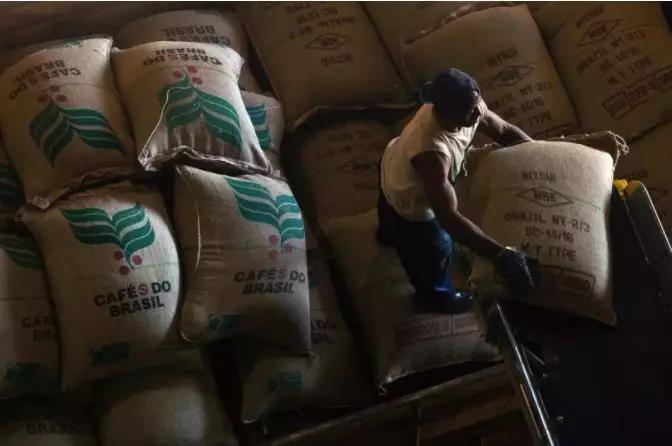
Qianjie Coffee Brazil Red bourbon
Country: Brazil
Producing area: Syrador
Altitude: 1000 m
Variety: red bourbon
Treatment: half-sun
Flavor: nuts, chocolate, cream, peanuts, caramel
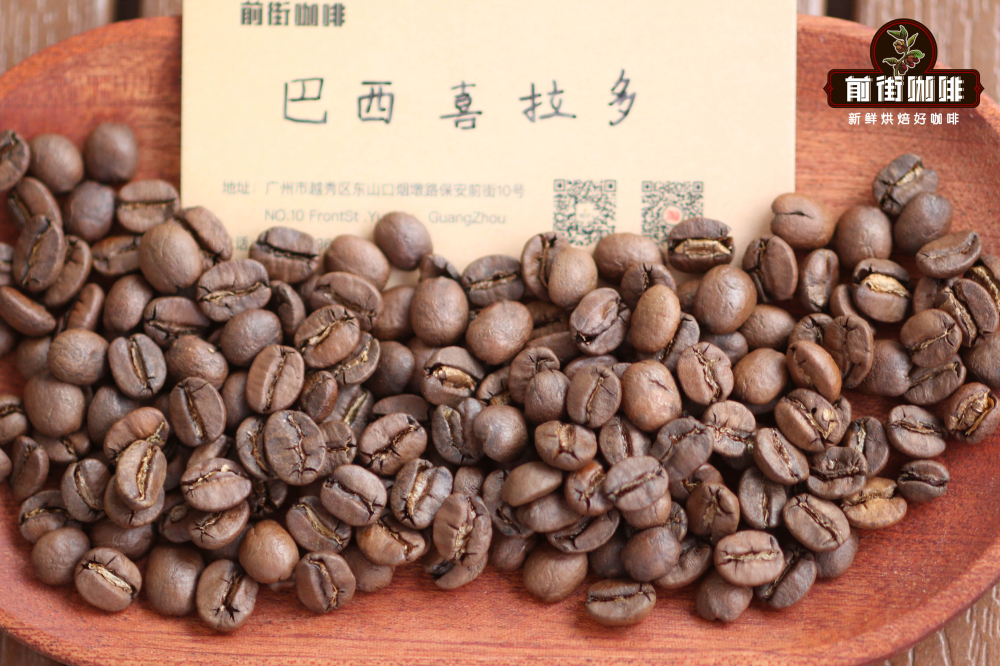
After the coffee cherry was picked by half-sun method, the immature fruit and foreign body were removed through the sink, the skin and part of the pulp were removed, and then the mucous membrane was removed by the pectin machine. The removal of mucous membrane helps to reduce the required sun drying time and reduce the risk of fermentation. This method is often used when the climatic conditions are not so ideal. If the air humidity is high, the climate is warm or there is rain, then there is a risk of mildew in the drying process. As a result, most of the washed beans used in commodity trade in Brazil are processed by semi-washing. Brazilian coffee beans grade Brazilian coffee beans according to the defect rate classification method is the "deduction method", according to the number of defective beans per 300g of main beans according to the grade, a total of No.2 to No. 8 seven levels, deduction below 4 can be classified as No.2. Not a single defective bean can certainly be called No.1, but this situation is rare, unable to maintain a certain supply, so Brazil set No.2 as the highest level, not No.1. The method of dividing the number of eyes by the size of coffee beans is a screen based on a 64-inch screen, usually 14 Murray 20. It is also important to note that the size corresponding to the number of items is the short side of the coffee bean, that is, the "width". In Brazil, the largest number of coffee beans is 19 mesh, but the yield is not much, so 17ple 18 is the highest grade. Qianjie Coffee roasting Analysis this Brazilian red bourbon uses medium and deep roasting, highlighting the mellow taste of Brazilian coffee and the flavor of nutty cocoa peanuts.
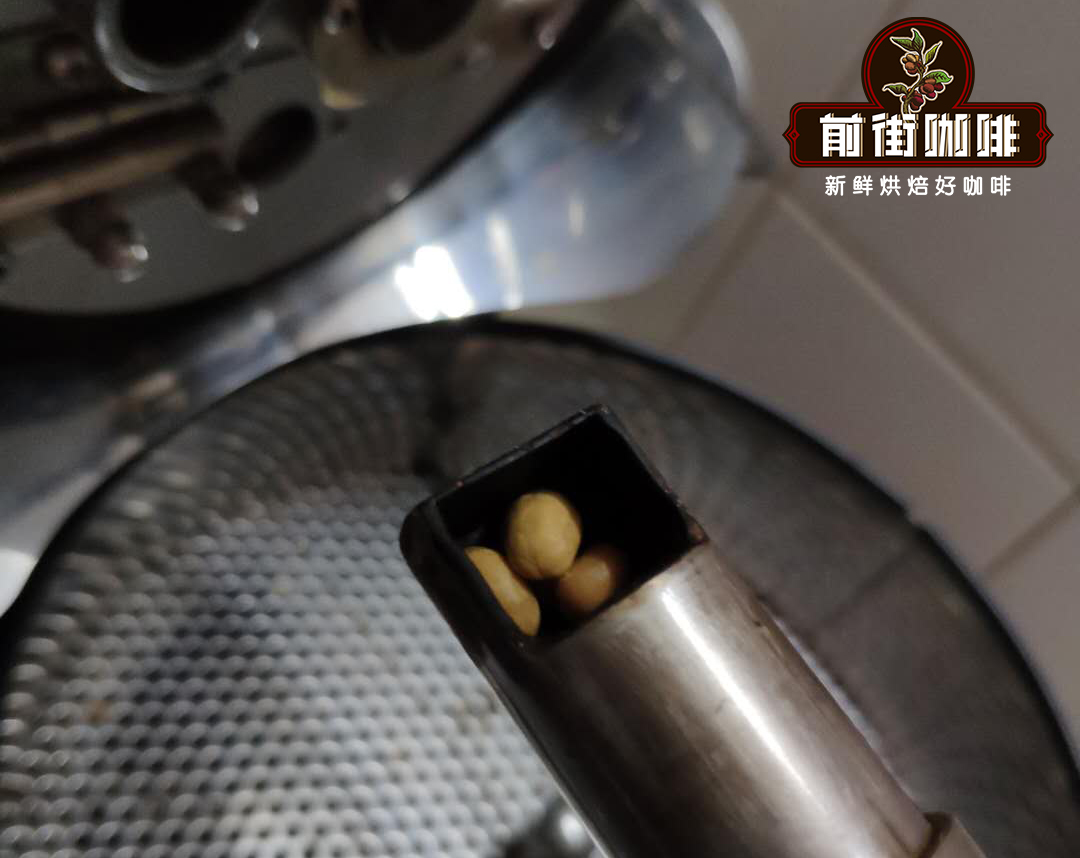
The furnace temperature is 175℃, the firepower is 140C, the throttle is open to 4 when the furnace temperature is 175C ℃, the firepower is 140C, the throttle opening is 3, the temperature recovery point is 11036 ", the temperature is 95.6and the furnace temperature is 140℃, the furnace temperature is 166℃, the firepower is 130, the throttle is unchanged. When the furnace temperature rises to 192 ℃, the firepower is adjusted to 70, and the throttle is 5. 9%, the bean surface appears ugly wrinkles and black markings, and the smell of baked bread obviously turns into coffee, which can be defined as a prelude to an explosion. At this time, it is necessary to listen carefully to the sound of the explosion point. When the air door is opened to 5, the development after the explosion is 2100 ", 201.5 ℃." Qianjie coffee brewing recommended powder quantity: 15g powder / water ratio: 1:15 water temperature: 88 ℃ grind degree: medium coarse grinding (standard sieve 20 pass rate 70%) filter cup: kono
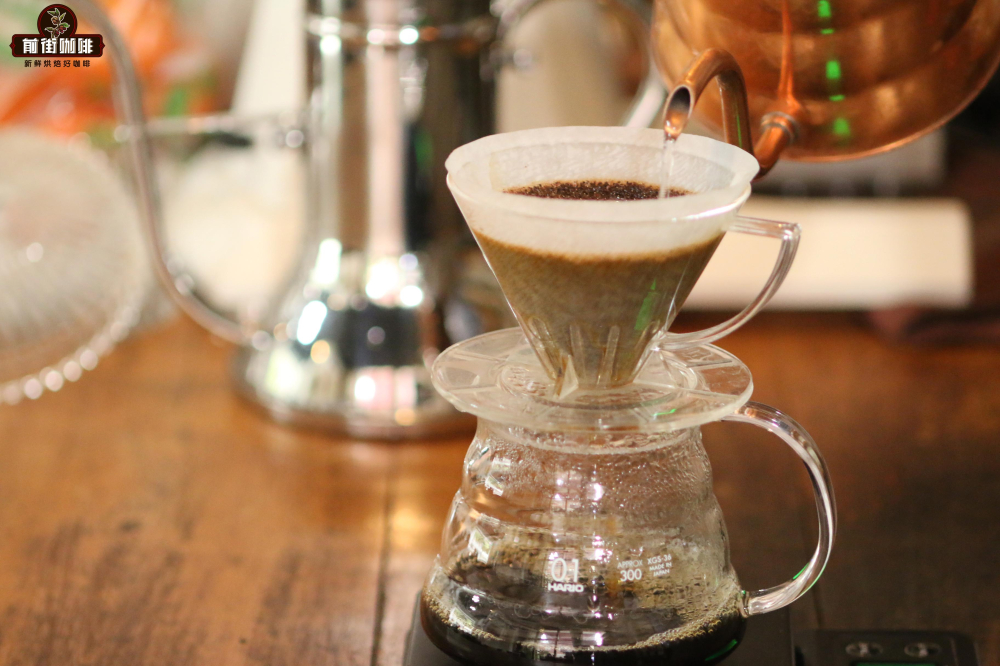
1. The first stage is filled with 30 grams of water and steamed for 30 seconds. two。 At the end of steaming, the second section of water is injected, and 100 grams of water is injected outward in a circle in the center. This paragraph of water injection can be injected slowly, Rosa coffee is very extractable, it takes a certain amount of water injection time to flush out its aroma. Wait for the water level to drop to half after water injection. 3. When the powder bed is about to be exposed, 95 grams of water is injected into the third stage, with a total water injection of 225 grams. Wait for the coffee to be filtered and remove the filter cup. The total cooking time is 1 minute 52 seconds.
For more boutique coffee beans, please add private Qianjie coffee on Wechat. WeChat account: kaixinguoguo0925
Important Notice :
前街咖啡 FrontStreet Coffee has moved to new addredd:
FrontStreet Coffee Address: 315,Donghua East Road,GuangZhou
Tel:020 38364473
- Prev

Introduction of bourbon coffee, matters needing attention in brewing bourbon coffee
Following caf é (Wechat official account vdailycom) found that Beautiful Cafe opened a small shop Bourbon Coffee of its own: the atmosphere of homesickness is at its zenith. There is a remote village in France called bourbon, where the coffee tastes sweet and sour and reminds me of the night a long time ago. Preparation method: drop a few drops of sherry in deep-fried coffee. Coffee and Shirley
- Next
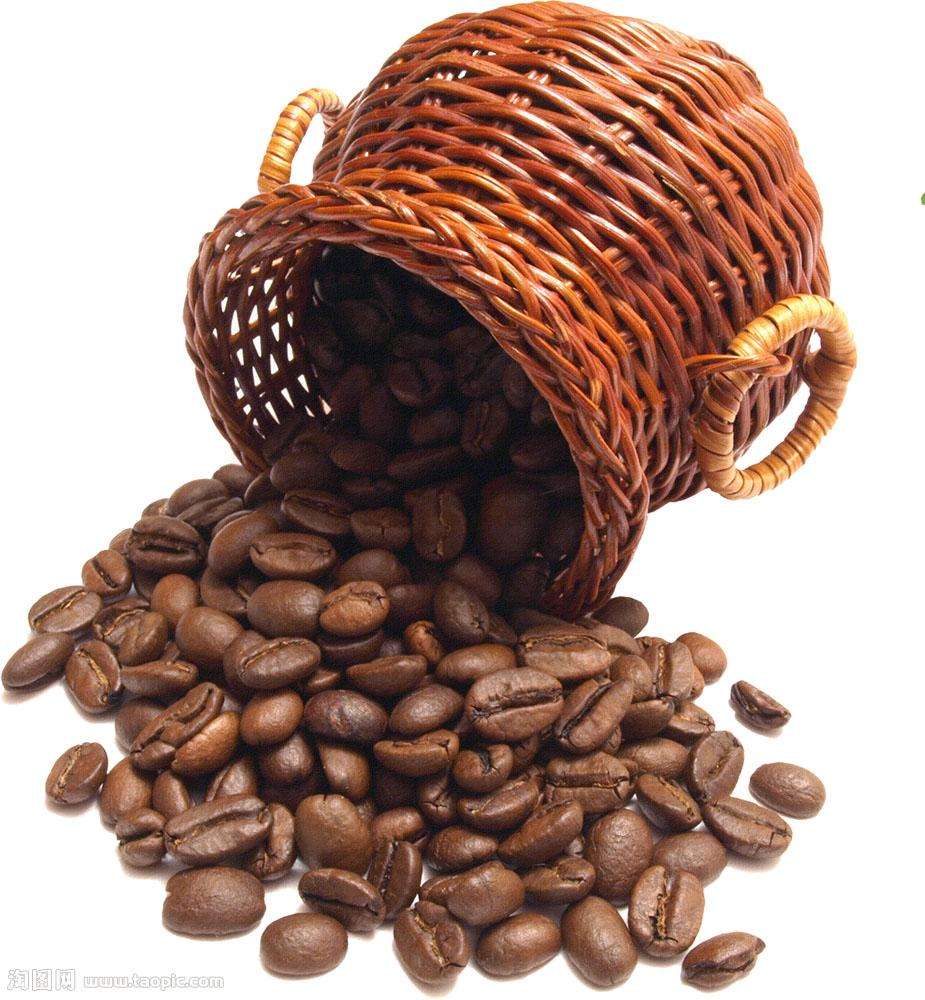
Starbucks Bourbon Coffee, Queen Manor of Brazil
Following Kaiping (Wechat official account vdailycom) found that Beautiful Cafe opened a small shop of its own, and coffee was grown differently on every piece of land in Queen's Manor. Thanks to the potassium-rich planting soil, the yellow bourbon coffee beans in this season stand out among the many coffee beans. In a very smooth and pure taste, it brings you flavors like dried apricot and milk chocolate. Wind
Related
- Detailed explanation of Jadeite planting Land in Panamanian Jadeite Manor introduction to the grading system of Jadeite competitive bidding, Red bid, Green bid and Rose Summer
- Story of Coffee planting in Brenka region of Costa Rica Stonehenge Manor anaerobic heavy honey treatment of flavor mouth
- What's on the barrel of Blue Mountain Coffee beans?
- Can American coffee also pull flowers? How to use hot American style to pull out a good-looking pattern?
- Can you make a cold extract with coffee beans? What is the right proportion for cold-extracted coffee formula?
- Indonesian PWN Gold Mandrine Coffee Origin Features Flavor How to Chong? Mandolin coffee is American.
- A brief introduction to the flavor characteristics of Brazilian yellow bourbon coffee beans
- What is the effect of different water quality on the flavor of cold-extracted coffee? What kind of water is best for brewing coffee?
- Why do you think of Rose Summer whenever you mention Panamanian coffee?
- Introduction to the characteristics of authentic blue mountain coffee bean producing areas? What is the CIB Coffee Authority in Jamaica?

